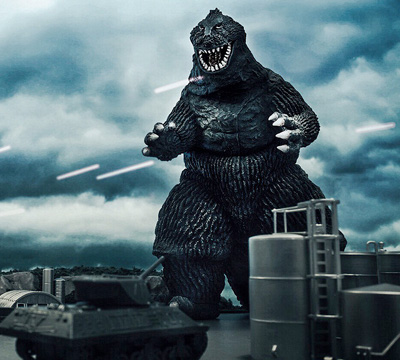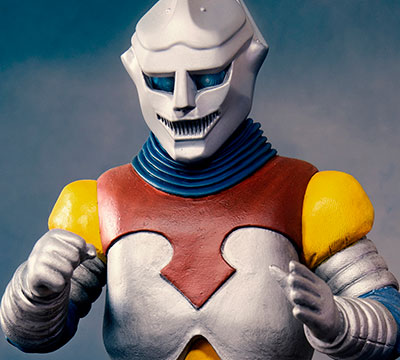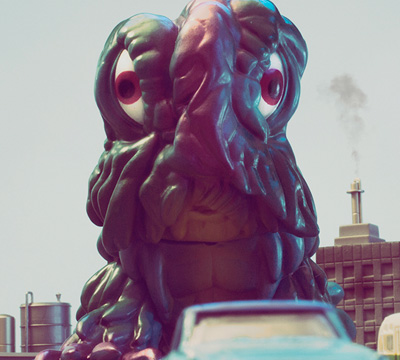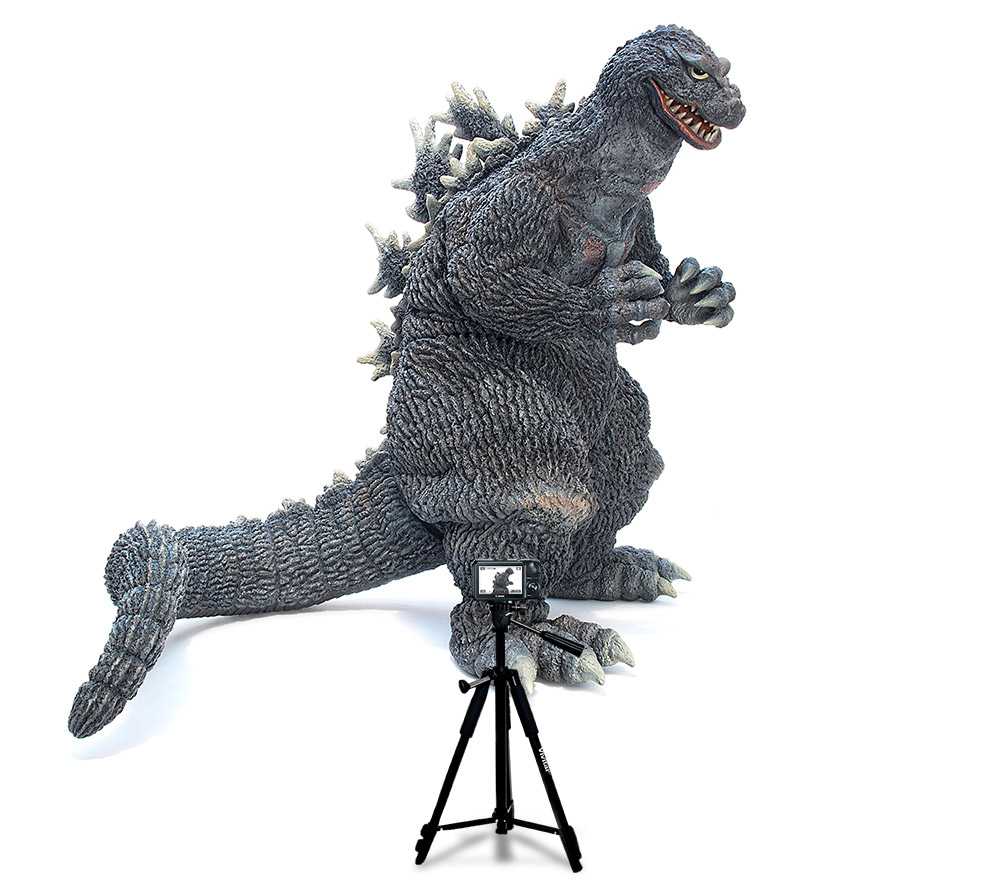
Recently, I’ve received several requests for tutorials on Godzilla toy photography. I’ve thought about doing tutorials in the past and I’ve made several posts about this over the last two years. I’m humbled by these requests and I will do my best to share the steps and secrets I hold to when shooting Godzilla.
This will be the first of a series of posts called “Shooting Godzilla.” I’ve been shooting Godzilla for two years now. I still consider myself an amateur photographer but I’ve learned a few things that I believe would be helpful. By day I am a graphic designer and there are design principles that translate from one media to another. These principles are applicable regardless of your discipline.
My photography evolved in memorable shoots and significant watershed moments in my development. I’ve always wanted to shot my collectibles for artistic expression. This personal development as a photographer as with any disciple has resolved around these three important guiding behaviors.
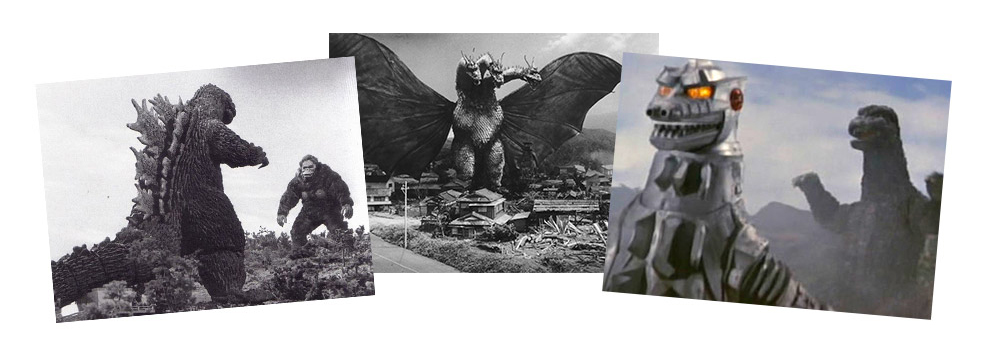
Perhaps the most important behavior is OBSERVATION. What we may take for granted is observing the world around us and figuring out how it works. We know a great photograph when we see it but we find it difficult to explain why. As Godzilla fans we never forget the memorable scenes of each movie. We know each battle blow-by-blow. We know that tokusatsu is the term for the special effects techniques developed for Japanese live-action films and movies to bring alive our heroes clash with the latest giant kaiju on almost-convincing miniature Japanese cities set ablaze by incoming laser rays and fire. There’s a lot going on in every shot that requires careful planning, pre-and-post production, and exacting camera positioning that not in any episode. I try to observe what they are doing and to put those things that into each photo shoot.

Observation leads to the next important step, IMITATION. As humans we imitate each other. That’s how we learn and even how we learn to innovate. We observe patterns and repeat them and build upon them. We are students and apprentices who follow models. As a self-taught graphic designer, I began looking at the work of others. I looked at what worked, what did not, and what I liked. I tore out advertisements from magazines for examples and saved web images that inspired me. I would spend hours recreating recreating layouts from ads, brochures, flyers, and books. I closely observed the use of graphics, copy, and color and their spatial arrangement on paper and on the screen. I spent hours reading graphic design books and magazines so I could learn the principles of design. Equally important, is to follow your favorite artists, designers, and photographers. Ask them questions and seek advice when possible. Imitation implies practice and repetition of the patterns you have observed in the works of others. In so doing we develop the skills and know-how needed to produce the photograph we want and others will enjoy.
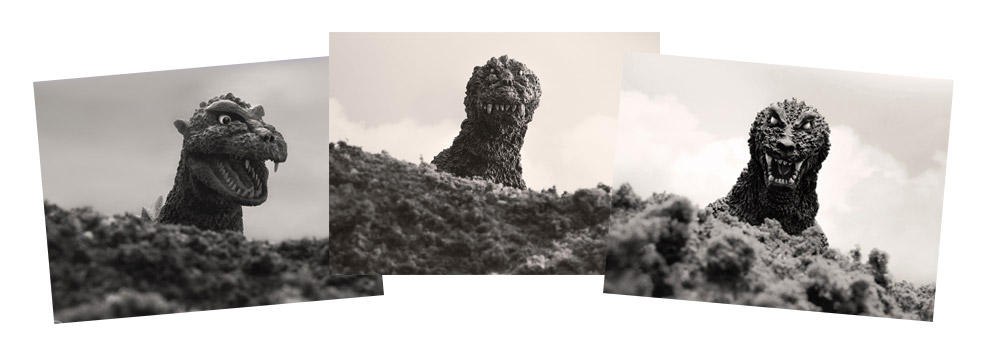
REPETITION is the third action. We repeat what we observe and imitate. We practice over and over again applying the patterns and principles we’ve observe in the work of others. The old saying is true: “Practice makes perfect.” In every shoot and scene there are principles at work in constructing the shot regardless of the subject matter. For example, any photograph has symmetry, balance, unity, and contrast. These things don’t change. Such repetition is what creates familiarity for the viewer who may or may not know why a photograph works. What we observe, we imitate and we repeat.
Every movie I see of Godzilla I study it carefully observing each scene for the relationship of the objects within the frame. I stow photos of those scenes for later when I’m ready to recreate it imitating the patterns I’ve identified. This I do every photo shoot. These are the fundamentals of what I do and find them the three most useful behaviors needed for successful toy photography.
